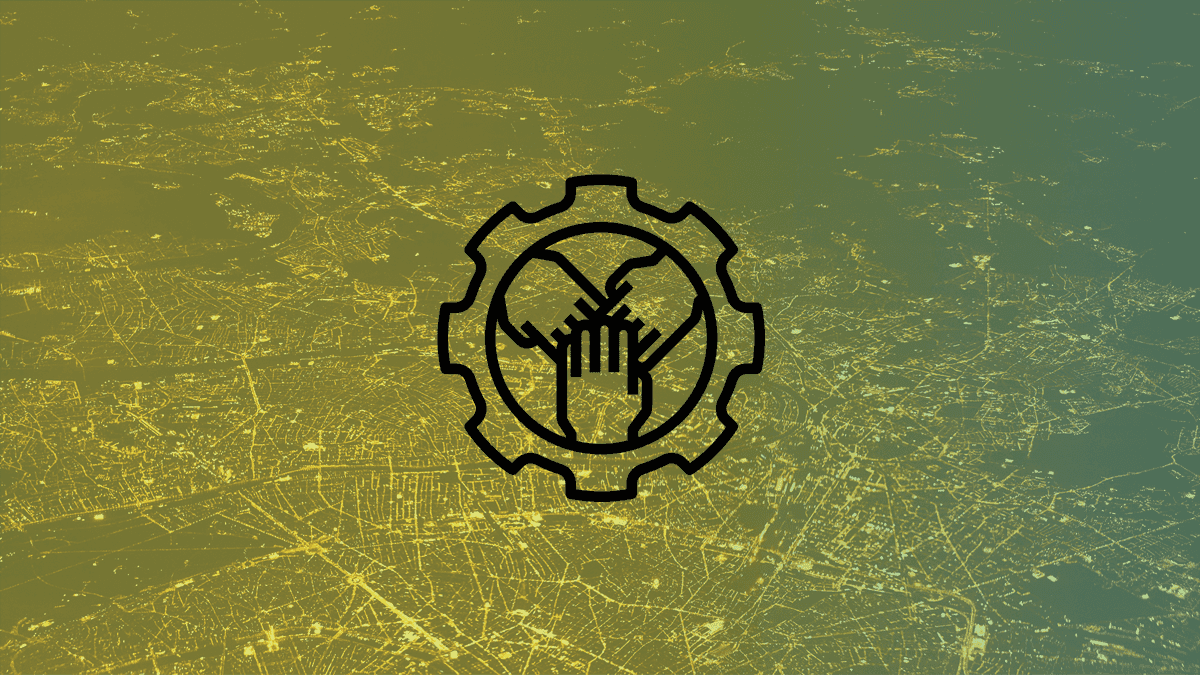
Gang Studies
Controversies now primarily arise from community conflicts. To understand the driving forces, identify leaders, recognize mobilization forms (from the sincerest to the most dishonest), aesthetics, slogans, memes, and measure their impact on the opinion market.
The upsurge of subcultures and countercultures has profoundly transformed the political landscape. Their confrontation on the fluid opinion market reveals structural dynamics for contemporary society. By algorithmically exploring communities and qualitatively and quantitatively decrypting their codes and relative weight, it becomes possible to understand the stakes, tactics, and imaginaries at work in the cultural battle that shapes the form and direction of our societies.
Usage and applications
- MEASURE
Objectifying the forces at play and mapping the balance of power - KNOWLEDGE
Identifying "friend/enemy" logic, solidarities, permeabilities, and opportunities from the real-world terrain - ACTION
Strategies for rallying, coordination, and counter-intelligence
Methodology
- Subscription networks: Identifying coherent communities based on their relational affinities expressed through mutual following (Louvain method)
- Cross-linking networks: Detecting shared links/content among actors and identifying coordinated sharing behavior networks formed by actors sharing the same content simultaneously
- Semantic proximity: Analyzing subjects, concerns, and semantic patterns through embedding clustering to evaluate the relative similarities of the main conversation actors